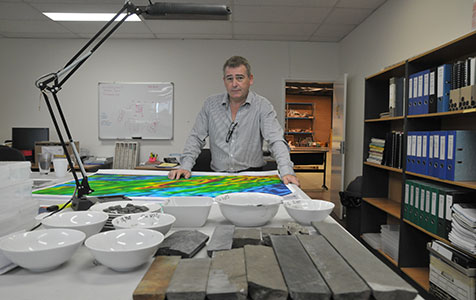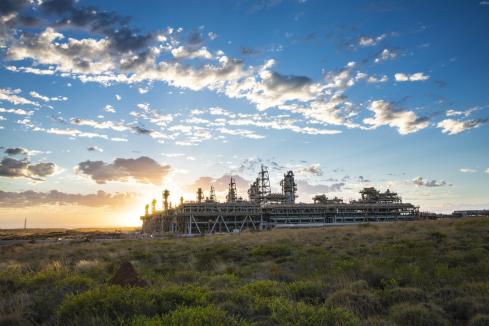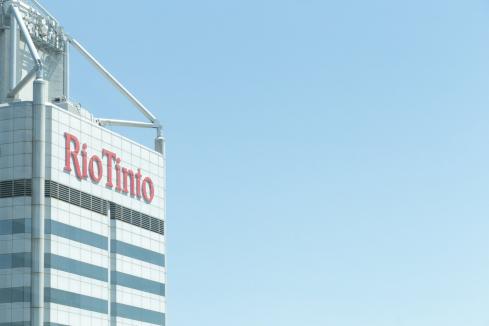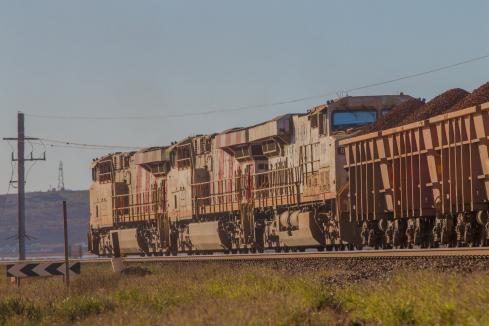Karl Simich and Mark Bennett are justifiably annoyed at having the companies they run added to an investment blacklist; but behind their frustration there is an enormously serious issue for every member of a superannuation fund – and that, in theory, is every working and recently retired Australian.


Karl Simich and Mark Bennett are justifiably annoyed at having the companies they run added to an investment blacklist; but behind their frustration there is an enormously serious issue for every member of a superannuation fund – and that, in theory, is every working and recently retired Australian.
The heart of the problem is that environmental and political activism, dressed up as rational financial advice, is starting to affect the investment decisions of fund managers and appears to be costing some fund members a sizeable chunk of their retirement savings.
Most fund members are not yet aware of the dangerous games being played with their money by people operating with a political agenda rather than a financial objective.
But, when retirement day comes, it seems likely that they will be poorer for the experience; and that could have unexpected negative consequences, such as not being able to afford the best medical care, or being forced to live on a reduced budget.
Government regulators, so far, seem blind to the emerging problem, either because they don’t understand what’s happening or because the advice being offered has been ‘modelled’ as required by law, or because some government employees share the views of the activists.
In time, those issues will be exposed because what’s just happened to Mr Simich and Mr Bennett verges on the astonishing, if not the outrageous.
Mr Simich, the chief executive of the WA copper and gold miner Sandfire Resources, discovered that the staff retirement fund of the Australian National University had put his company on a blacklist because it had “high water risk exposure”, and was in a “major nuclear area” and was likely to be involved in “forest clearing”.
Good grief.
Sandfire’s DeGrussa mine north of Meekatharra is located in one of the most remote locations imaginable. There are no forests near Meekatharra, nor is there a major nuclear site nearby, and if there’s a water risk it’s because the mine is on a semi-desert pastoral lease – which is no longer used to raise sheep or cattle.
In Mr Bennett’s case, his company, Sirius Resources, has been accused of questionable treatment of local indigenous population – a claim strongly refuted by the Aboriginals concerned, who are as dumfounded as Mr Bennett over the report prepared for ANU.
A book, or perhaps even an ANU academic thesis, could be written on what’s just happened to Sandfire and Sirius with the following list being a starting point for chapter headings.
• Did anyone preparing the advice for the ANU superannuation fund speak directly with the companies named, or visit their projects?
• If one criteria of the ANU fund is to not invest in any company or assets causing “social harm”, where does that test begin and end?
• What are the long-term consequences for fund members and the amount of money they are likely to receive on retirement?
• Are the fund managers operating in the best financial interest of members, or are they using the savings of fund members to achieve a social, political or environmental objective?
The answers to those questions appears to be that there was limited direct contact with the companies concerned, that the “social harm” test has not been thought through, that the long-term consequences could be reduced retirement income, and that a social interest test is outweighing financial interests.
As an example of what happens when non-financial considerations infect a superannuation fund, consider what happened two days ago to the retirement savings of 5 million Australians who are exposed to IFM Investors, a fund manager owned by 30 superannuation funds.
Those funds have just taken a $685 million hit from on an asset-value write-down caused by exposure to a renewable energy business called Pacific Hydro, with part of the write down caused by changing government policies and part by rising costs and falling profits in the solar, wind, geothermal and hydro-electricity industries.
Another recent analysis of so-called “socially responsible investment” by the Minerals Council of Australia found that the investment returns from following a social agenda were generally less than that of conventional funds, and that on retirement a person exposed to a socially responsible fund would be $68,000 worse off.
There is obviously nothing wrong with anyone opting to follow a politically correct, socially responsible investment strategy with their money – and the best of luck to them.
It’s a totally different matter for the managers of other people’s money to do anything other than seek the highest possible returns on that money – so long as it’s legal.
But the killer test of ANU’s decision to blacklist certain companies is for the university to reveal its full list of investments so members of the ANU fund, and other Australian taxpayers who fund the university, can see how far the socially responsible test goes.
Surely, on that basis, the ANU is not allowed to own shares in BHP Billiton (oil and coal), Wesfarmers (coal), Woolworths (alcohol sales), Rio Tinto (coal and uranium), Origin Energy (oil and gas), Oil Search (oil), Crown (gambling) etc.
The problem with ANU is that non-financial considerations have entered the decision-making process, and that’s not supposed to happen when you’re dealing with the retirement savings of superannuation fund members.


















